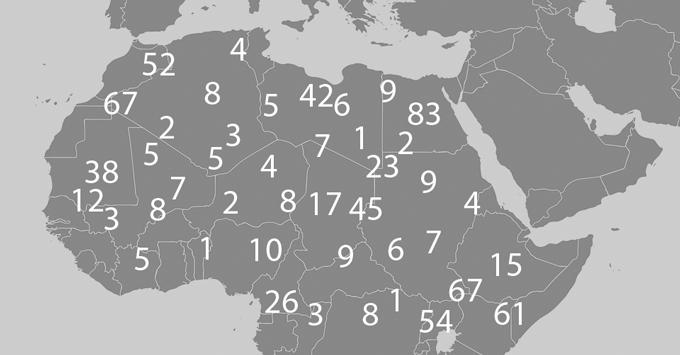By Noella Ovid
A new mathematical model developed at Ryerson aims to significantly improve survival rates for Ebola and other similarly spread diseases.
Led by Ryerson postdoctoral fellow Xi Huo, Treatment-donation-stockpile dynamics in Ebola convalescent blood transfusion therapy is the first comprehensive study of the amount of blood transfusions done on Ebola patients to help create antibodies and fight the virus.
Convalescent blood transfusion therapy means a blood transfusion between an Ebola survivor and someone who is still affected by the virus, in order for the patient to develop antibodies to help fight it.
The model then analyzes how much blood you would need to have ready in certain locations such as hospitals, in case of an outbreak in the area, to begin treating patients immediately.
“Ebola is no longer new but if you don’t have medications, it’s actually new to the treatment strategy,” Huo said, adding that it is not the only new virus “that the human being is going to face, so later on you never know how many new virus diseases [are] going to happen.”
Huo and her team started examining the Ebola outbreak in West Africa, which was responsible for over 11,000 deaths in November 2014, after attending an international conference organized by the York Institute for Health Research (YIHR).
The International Consortium on Anti-Virals (ICAV) workshop “emphasized on building national or international capacity for antibody treatment,” said York University distinguished research professor Jianhong Wu, the paper’s co-author. “[The model] is part of antibody treatment.”
“We realized that there’s no medication available so we searched online about what kind of strategy you would be able to use and experts had been mentioning that maybe convalescent blood transfusion is the way,” Huo said. “We realized that maybe that is the new thing in mathematical modelling because this never happened before.”
Huo’s team relied on outbreak data from West Africa and existing blood transfusion service suggestions published by the World Health Organization (WHO) for treatment methodologies. “We basically used that information because this is going to be new and there’s no previously treated or modelling work about that,” she said.
The paper suggested using convalescent blood transfusion which they then based their model on. The treatment requires finding a recent survivor of the virus to consider donating their blood and transfusing it into current patients.
“This is a very ancient and historic treatment strategy that people would think of so that’s why they were thinking of maybe using this to treat Ebola as well,” said Huo. “Every time with a new disease outbreak, you can do nothing about treatment because it takes time for you to develop new medications. So maybe for such diseases, such as Ebola or MERS or SARS, the blood transfusion is the only treatment option you might have at the beginning of the outbreak.”
The resulting model is a predictable tool that is able to prepare for any future outbreaks.
They then inform the public and the health facilities that if they implement the model, “How much mobility [they] can reduce, how many lives you can save and how many therapies you need in a given population at a particular time,” Wu said.
For instance, if there was an outbreak in a local hospital that required a large amount of blood, the model would be able to predict how well you are performing so that you will be able to maintain a stable level of blood products available in the blood bank.
In order to generate the output for how many people need to receive treatment in one day, the input parameters for the algorithm would be how fast you can collect the blood and do the transfusion.
“Ebola is only one example for us to look at this kind of strategy because this strategy is going to save more. This strategy is believed to be the only treatment strategy available when there’s a new virus appearing,” Huo said.
According to Huo, the reason behind conducting this modelling work was to give suggestions to public health authorities and to point out other details they should consider in order to come up with a complete and helpful plan for any kind of new virus outbreak in the future.
“Next time, if you have the emerging epidemic, maybe if you try your best to collect the blood and do the transfusion treatment, maybe you will be able to save more lives,” she said.










Leave a Reply